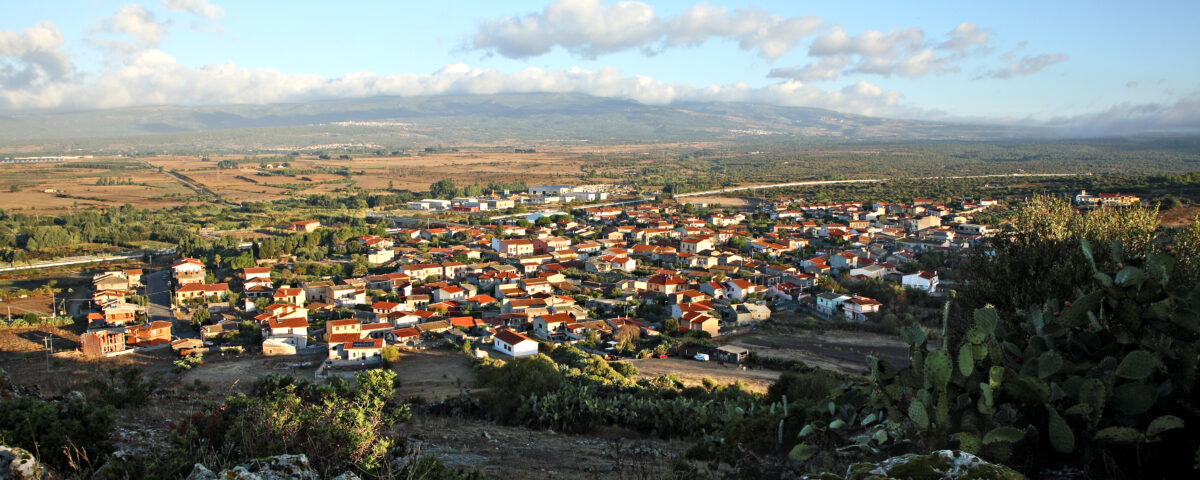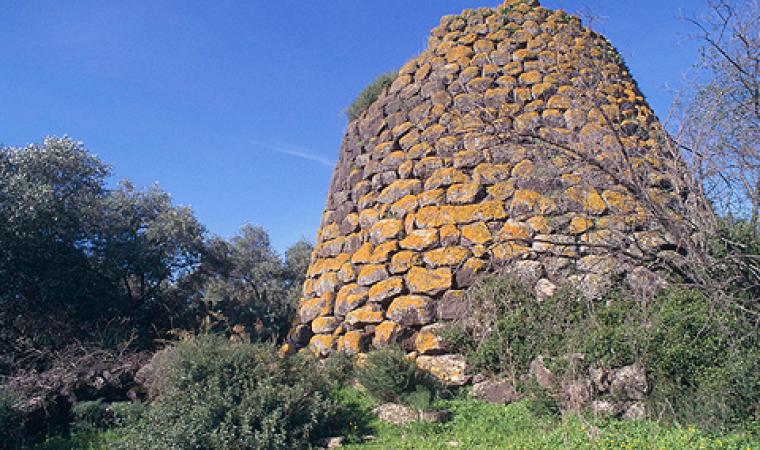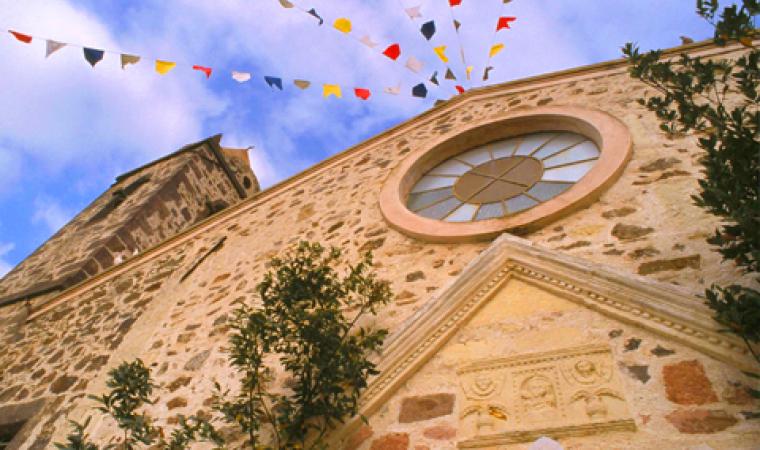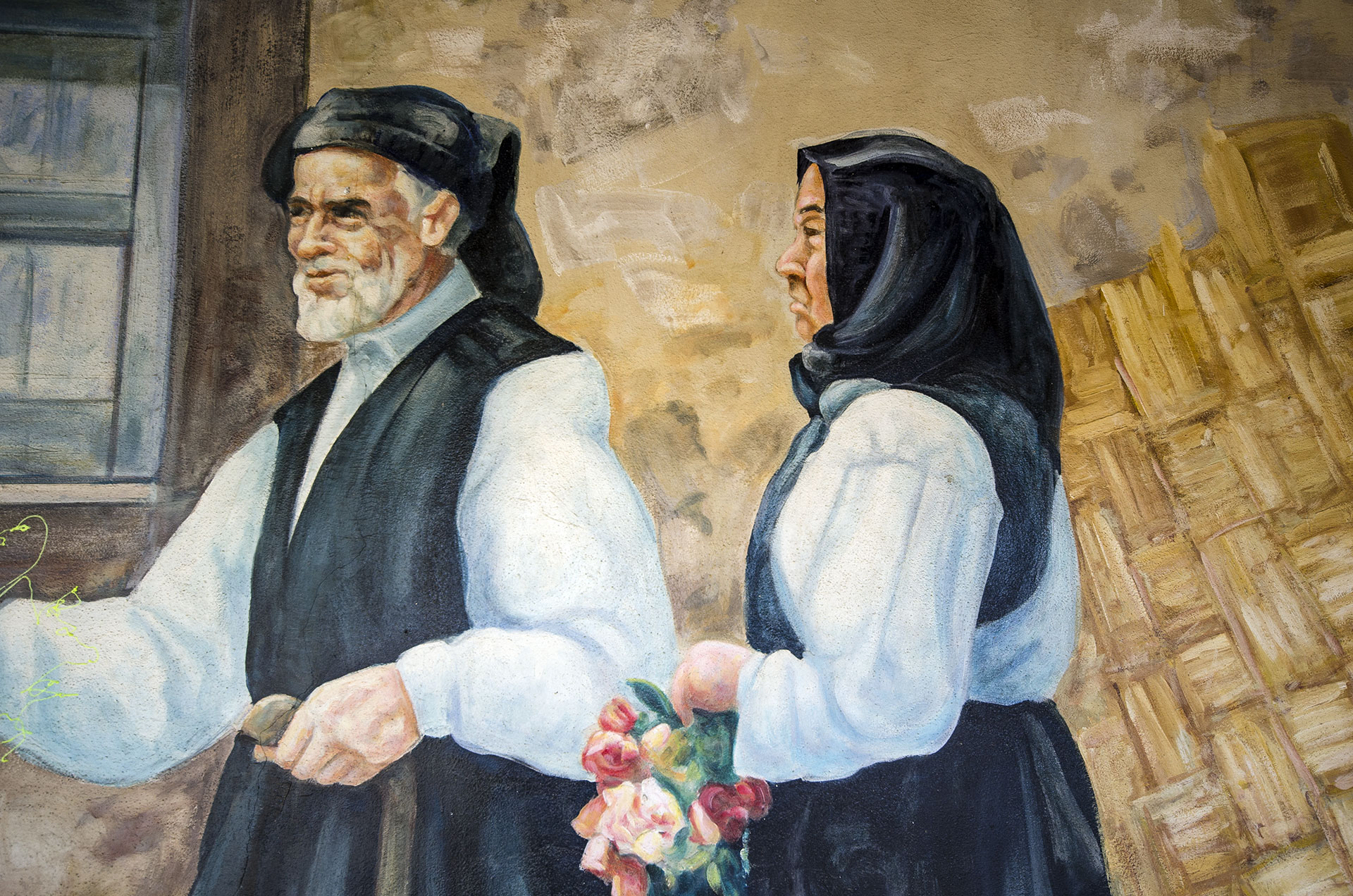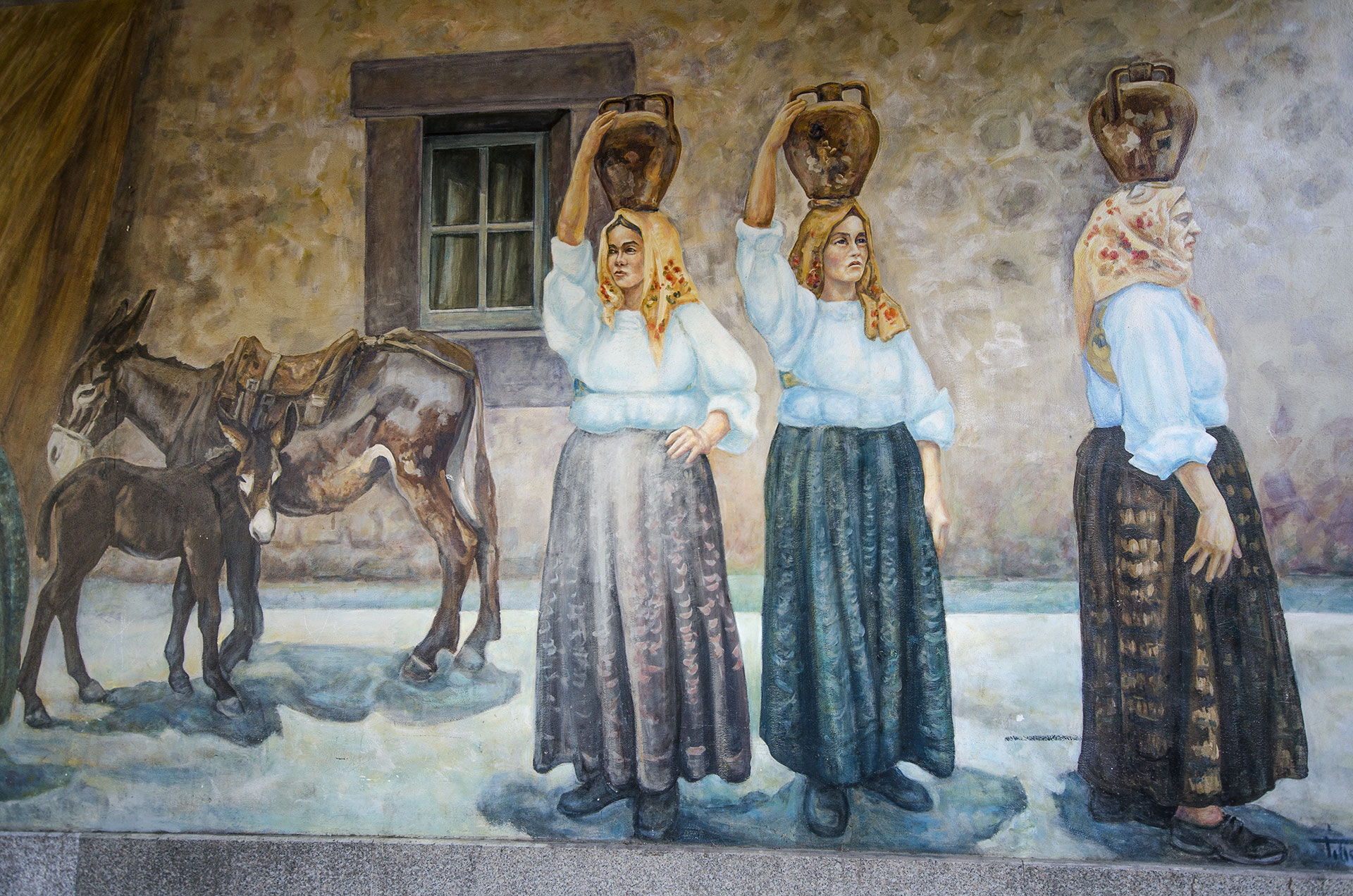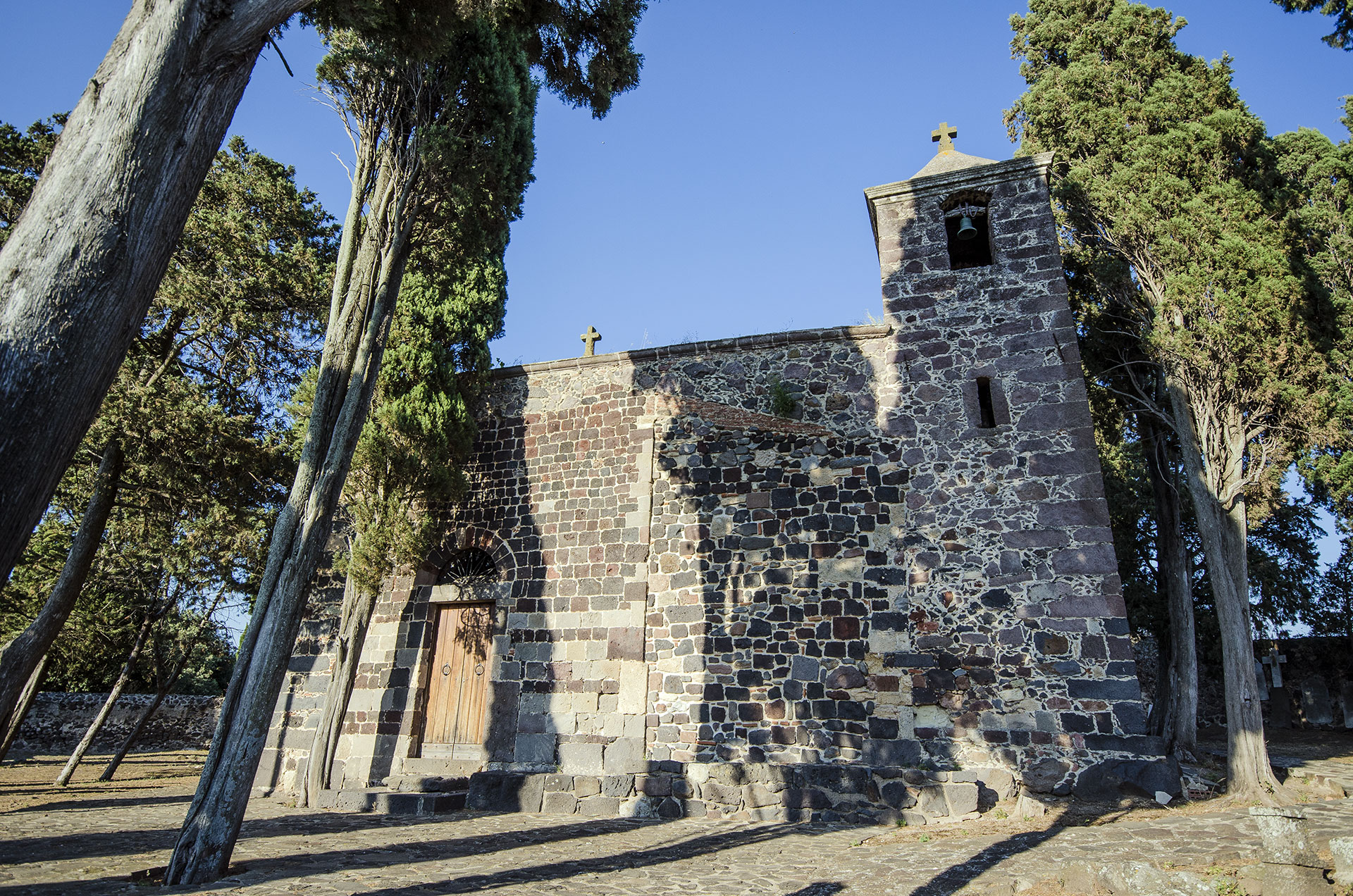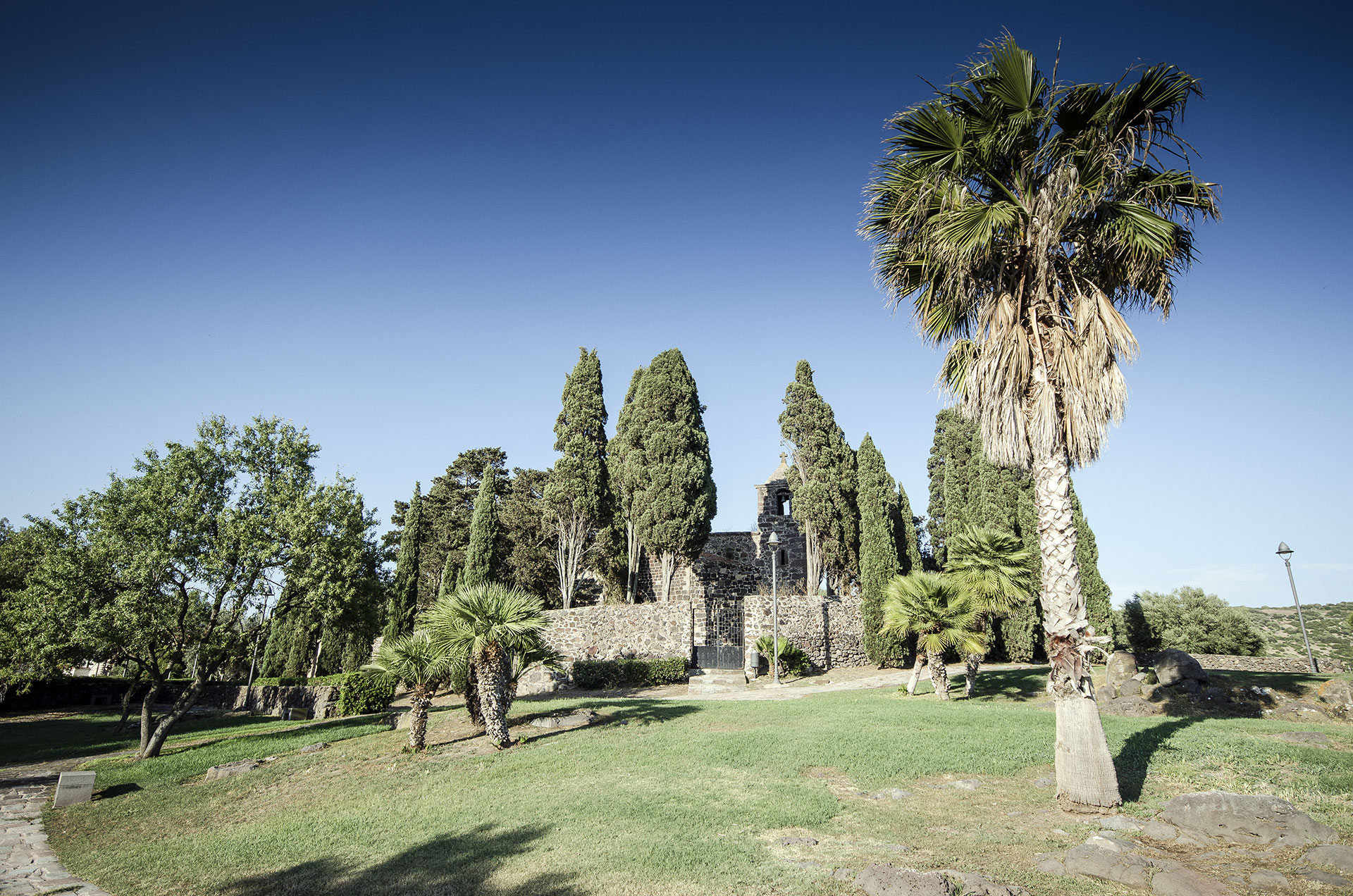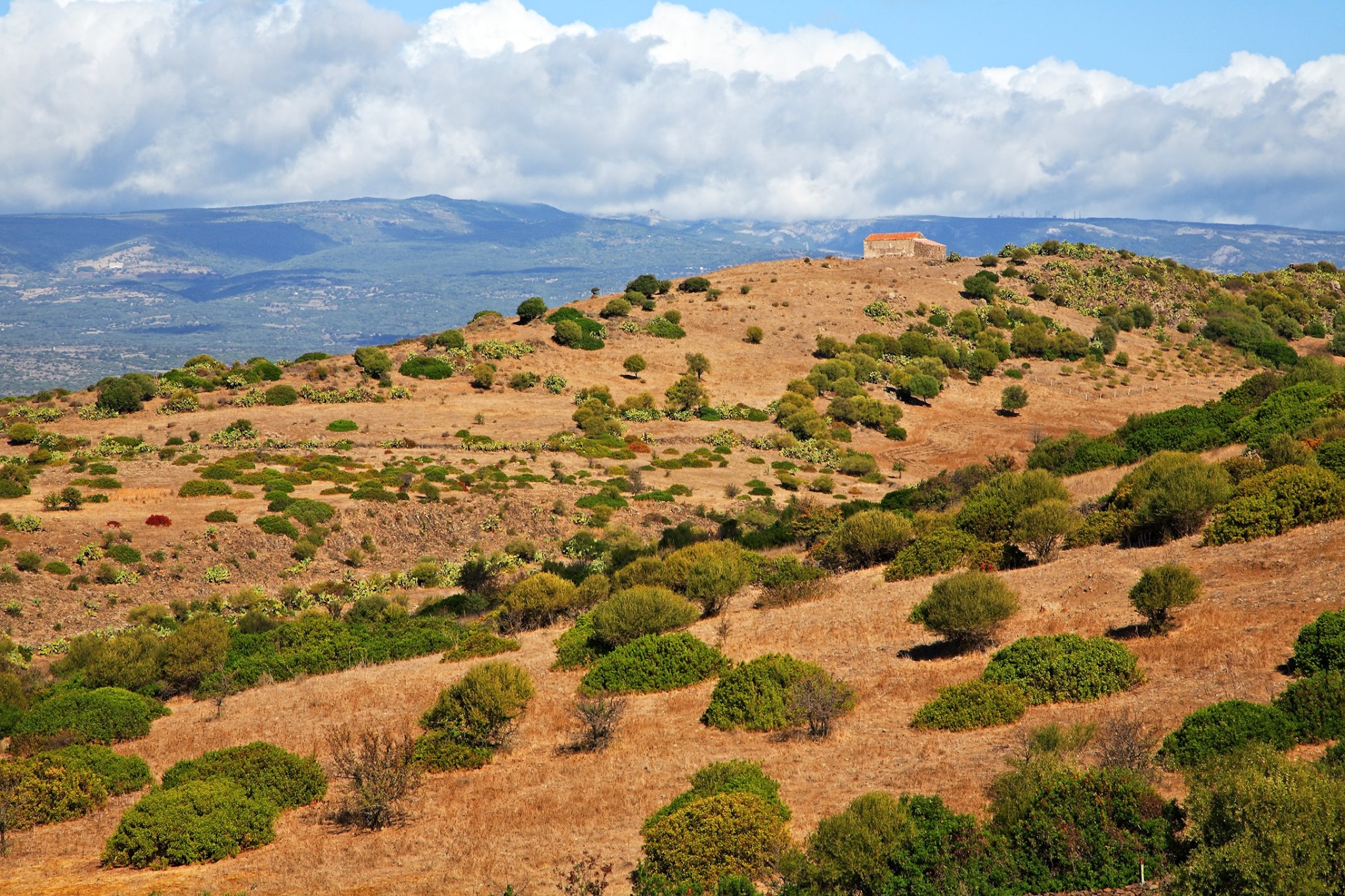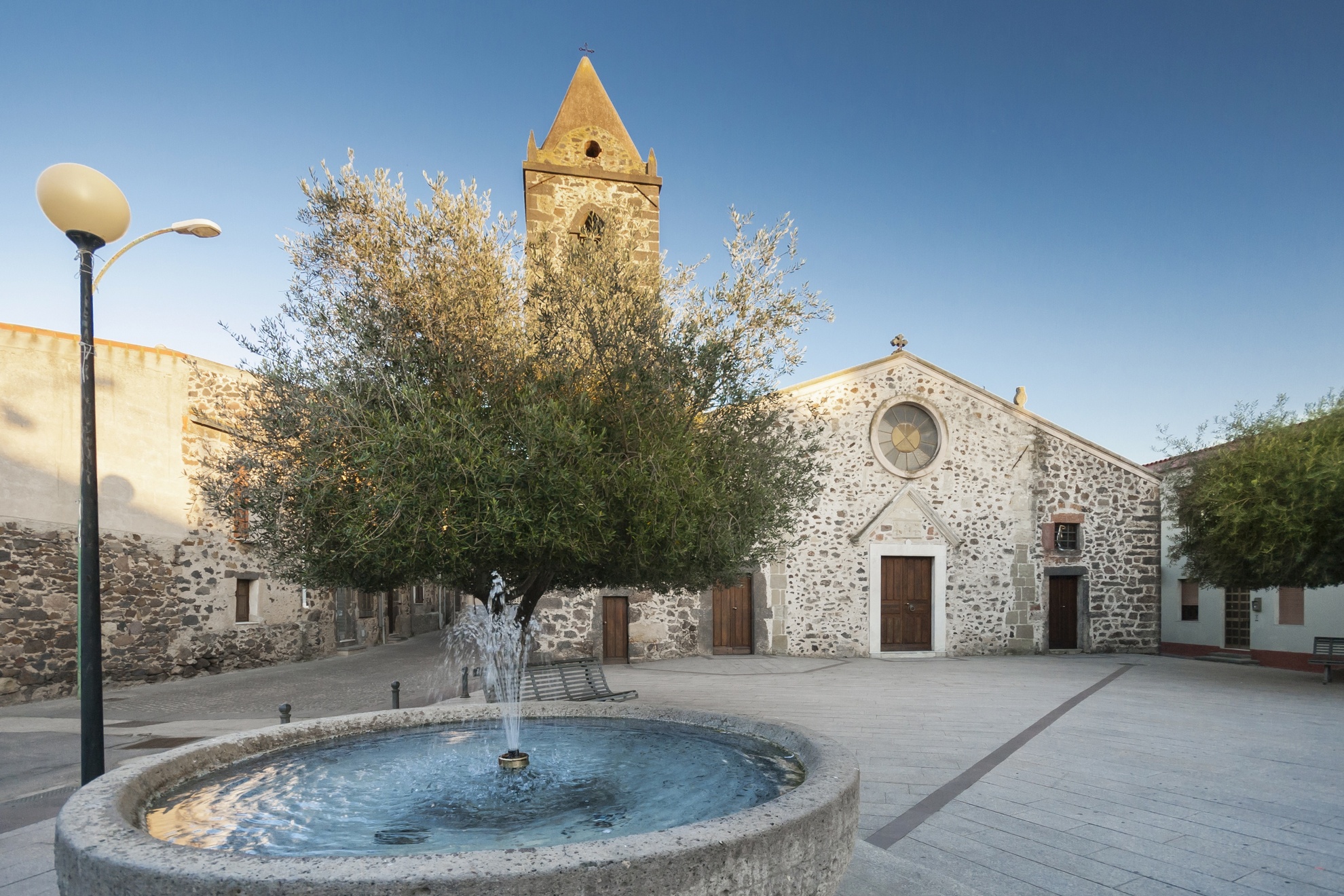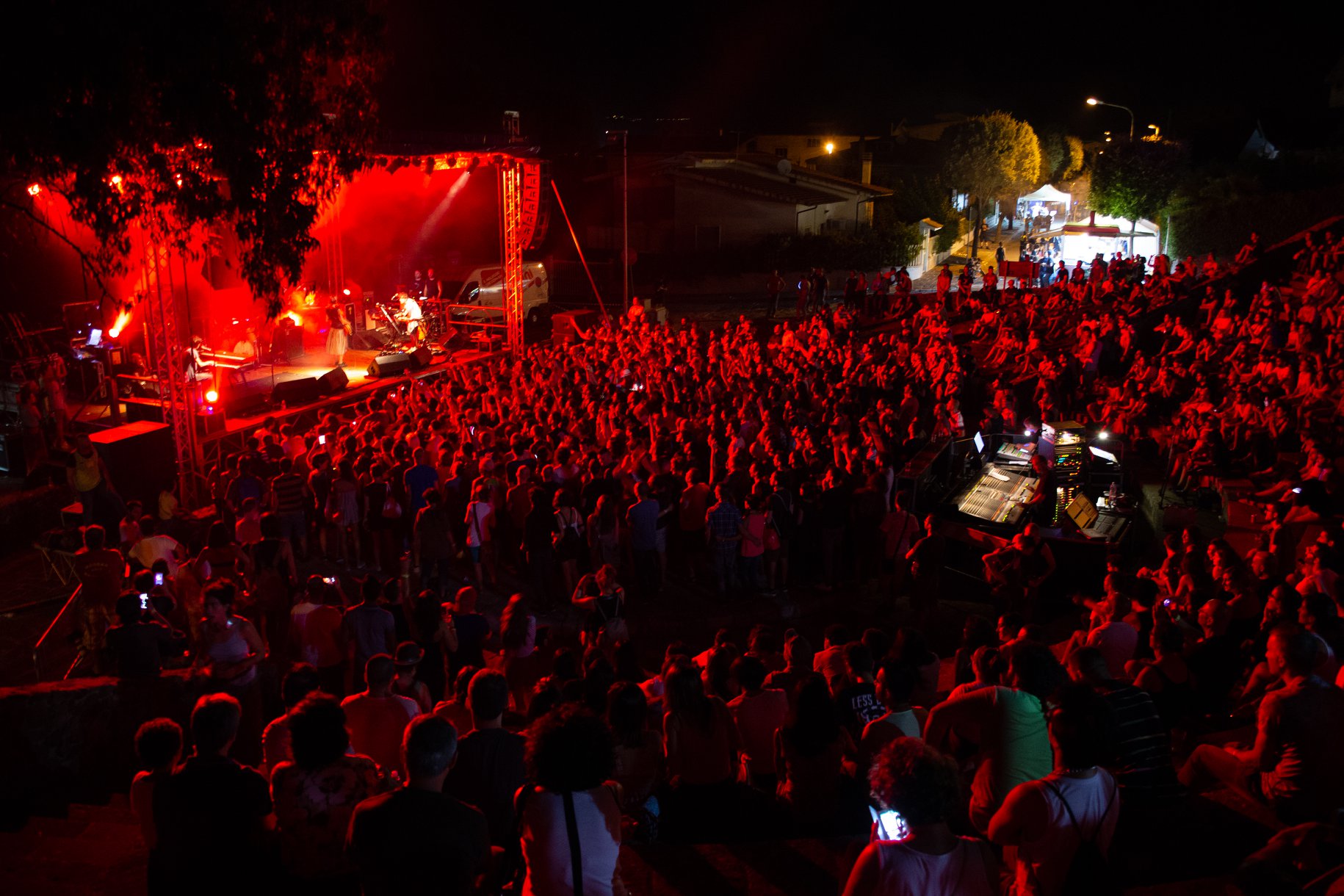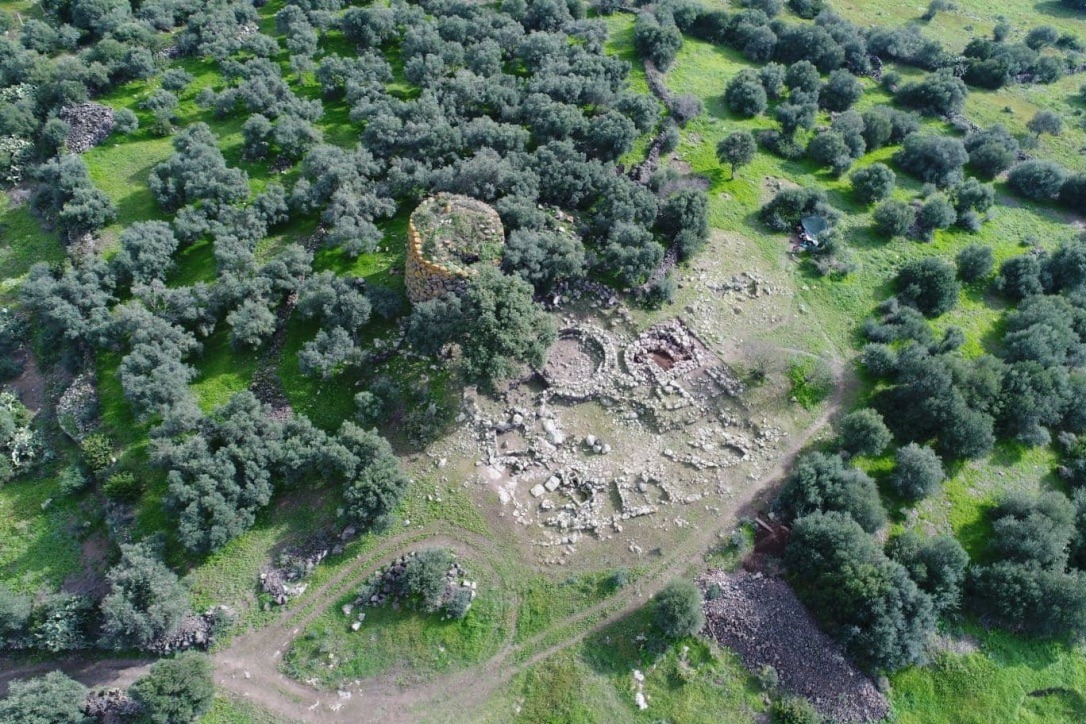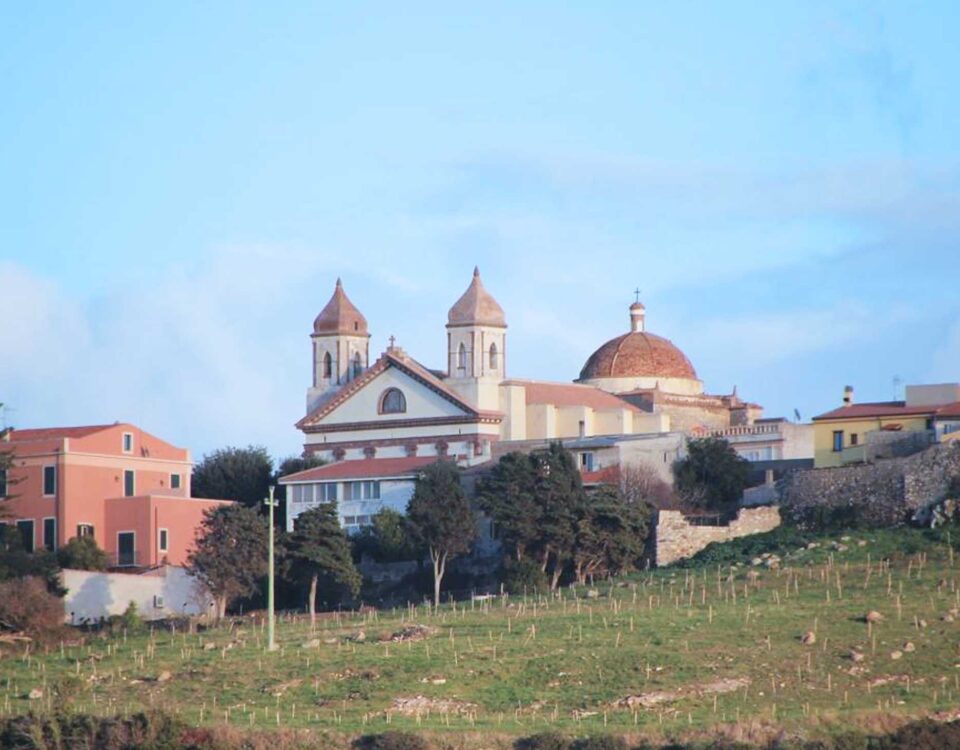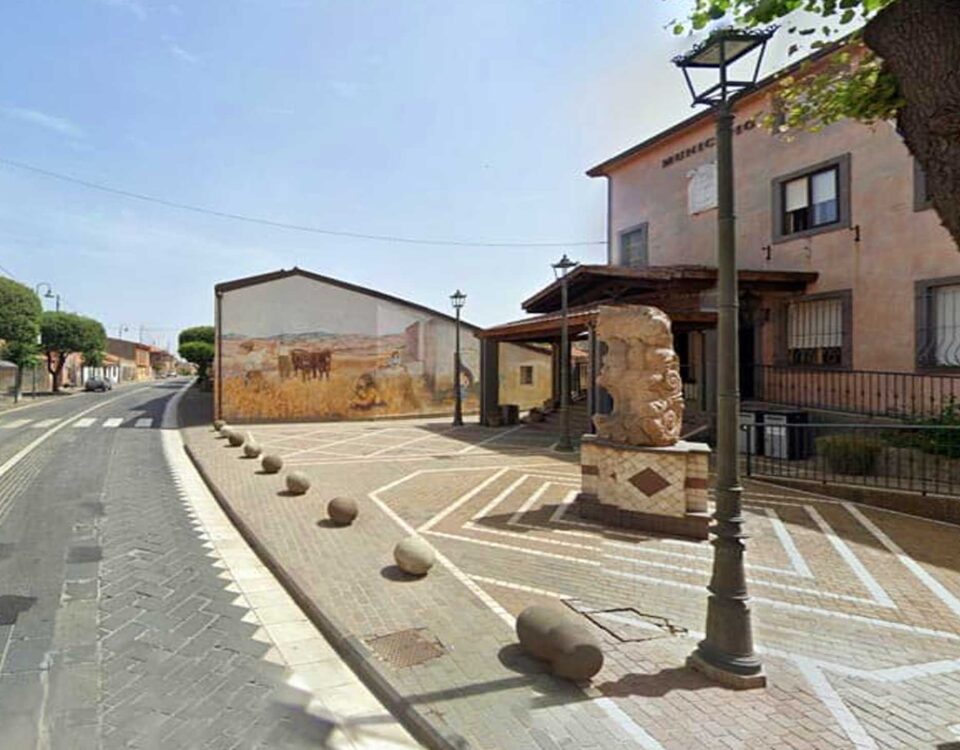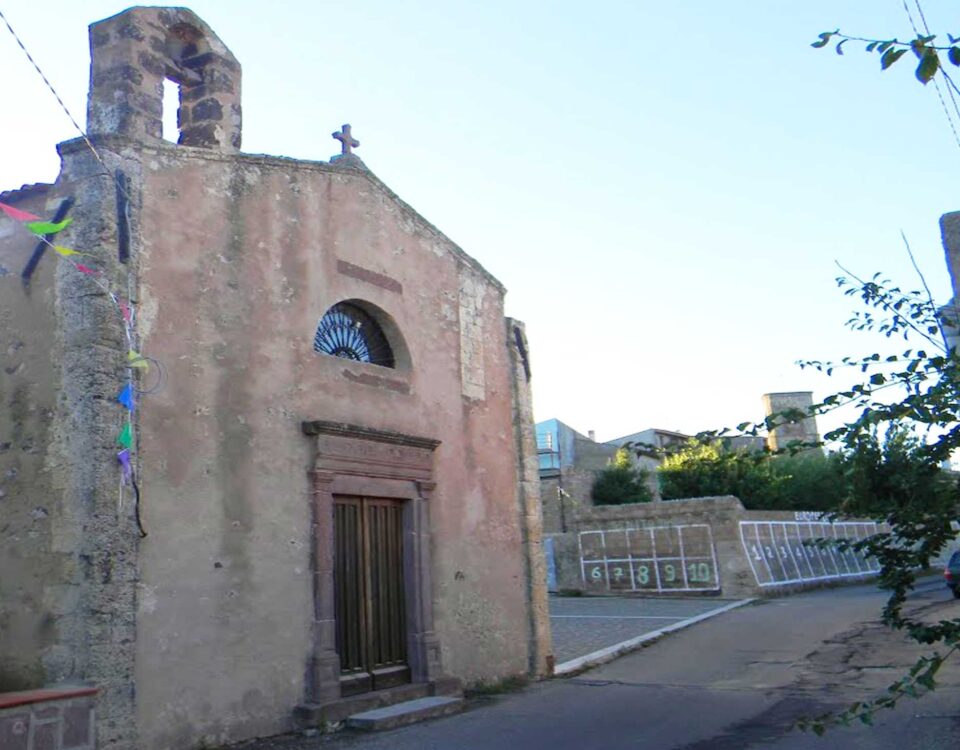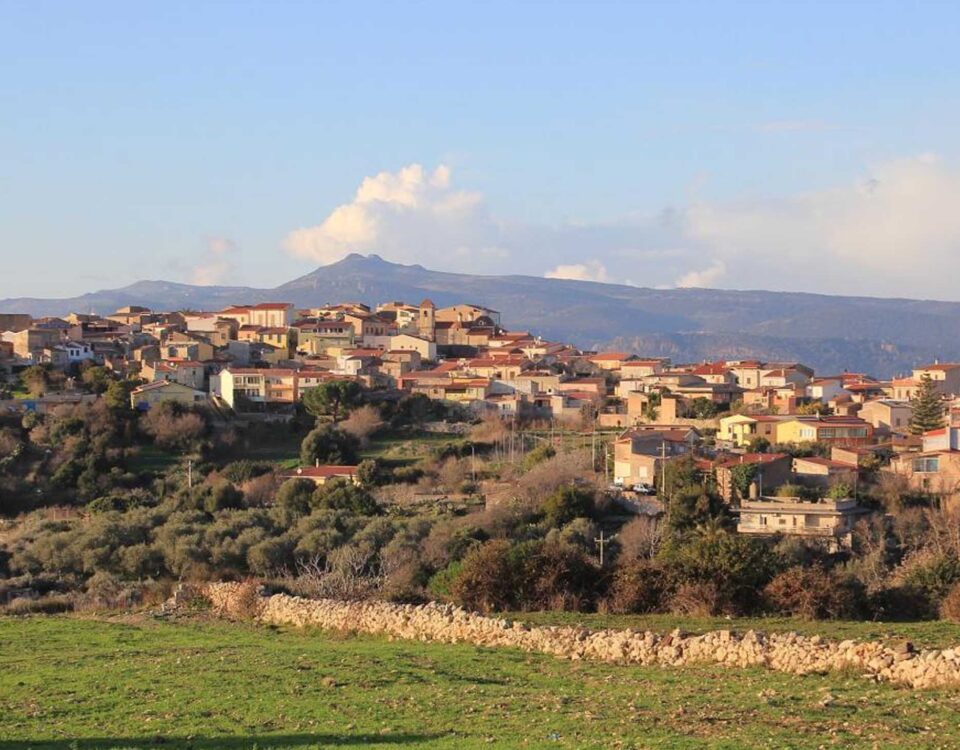
Municipality of Bonarcado
28 March 2023Bauladu lies in the heart of Sardinia, where different historical influences meet to give rise to a kaleidoscope of environmental and cultural nuances.
Its territory, nestled between mountains and plains, has always been a natural place of connection and passage: a characterizing vocation so deep-rooted as to be represented by the place name bau-ladu itself, from the Sardinian badu ladu - from the Latin vadum latum - indicating that wide ford on the Rio Cìspiri that acts as a communication gate and junction between the Campidano expanses and the basaltic plateaus of the Guilcer, between the coastal areas of Sinis, the inland hills of Barigadu and the Montiferru massif.
In Bauladu, Sardinia changes. The environment changes, crossed by the climatic and floral-fauna change line, characterized by glimpses that highlight the contrast between the volcanic areas covered by Mediterranean maquis, the lush river valleys with their ancient springs and the fertile agricultural areas. And the changing natural habitat is inevitably accompanied by an interweaving of cultures: the Bauladese variant of the Sardinian language is characterized by the curious amalgamation of typical Logudorese lemmas and Campidano verb forms and desinences. Similarly, the building technique sees the harmonious coexistence of basalt stone, absent in the south, multicoloured trachytes, but also of làdiri, the unfired earth and straw bricks.
READ ALL
The landscape of Zinnuri is noteworthy, with the presence of a municipal park characterised by the presence of centuries-old olive and wild olive trees; there is also a rural refuge; the nuraghe can be visited and in particular the spring, around which there is an area equipped for outdoor refreshment with wooden tables and benches.
In the territory of Bauladu, the presence of man can be traced back to the 4th millennium B.C., as attested by the domus de janas, attributed to the Ozieri Culture (from 4000 B.C. to 2900 B.C.). Considered by legend as 'fairy houses', they were burial places from the Prenuragic period.
The Nuragic civilization made Bauladu a protagonist of the Middle Bronze Age with the spring of Tzinnuri, some giants' tombs and dozens of nuraghi, among which Cràbia and Santa Barbara stand out in originality. The latter, with its village equipped with a bronze foundry, will remain an important settlement in the Punic and Roman ages up to the Giudicale era.
In the heart of the village stands the church of San Gregorio Magno, whose original structure dates back to the 13th century, also mentioned in the Condaghe di Santa Maria di Bonarcado that indicates the presence of a prior in 1228.
In the countryside on a hill is a church dedicated to St Victoria, whose anniversary falls on 15 May. Many people come from the neighbouring villages for the feast of the patron saint: public dances are held and the palio is run. With these words, Angius and Casalis quote in their Dictionary (1833-1856).
The bilingual toponymy, a peculiarity of Bauladu, recounts the thousand-year history of Sardinia and its most illustrious exponents: from the condottieri Amsicora and Josto to the Giudical rulers such as Mariano IV, from the miners martyred in the Buggerru strike to the poets Montanaru and Satta.
In the 20 century, Bauladu was the birthplace of the painter Antonio Atza, an eclectic artist, counted among the most appreciated masters of Sardinian art of the second half of the 20 century. Today, the council hall dedicated to him preserves five of the most representative works of his creative career.
Bauladu's traditional cuisine is based on simple, wholesome dishes, made with products from local farms, including lamb, kid, suckling pig and red ox meat, sheep and cow cheeses, olive oil, vegetables and fruit from the town's countryside.
For some time now, sa saba has been used as an ingredient in the craft beer produced in Bauladu, an excellent synthesis of tradition and innovative flavours.
The handicraft production of Bauladu has historically expressed itself in weaving, basket-making, the ancient art of reed weaving and basalt work.


